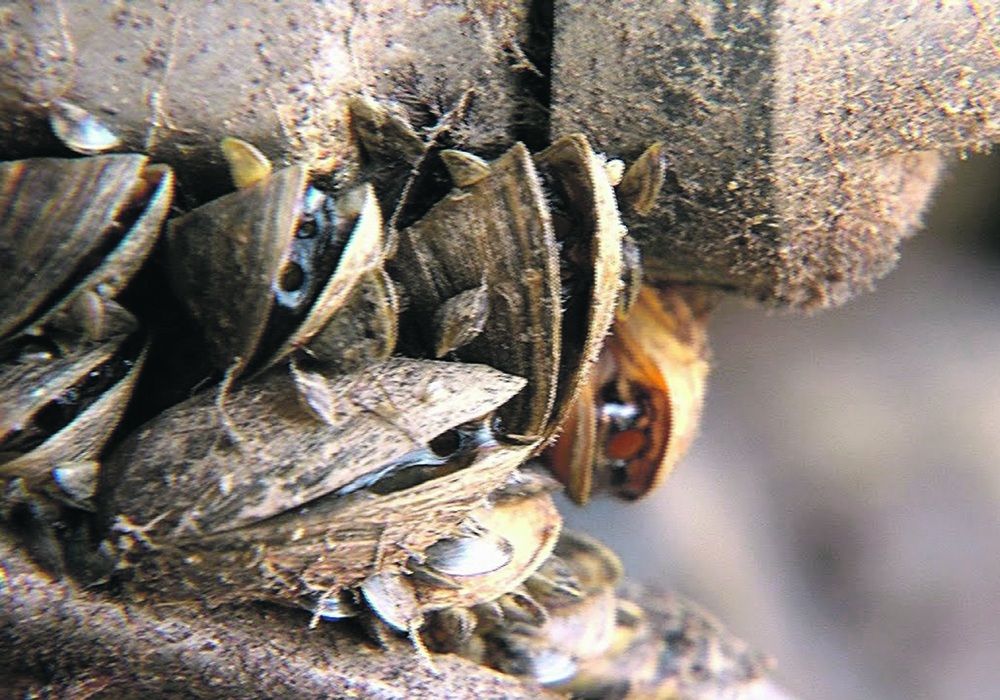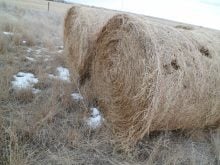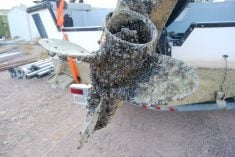Artificial intelligence, like that used in autonomous farm equipment, could be taught to recognize and report quagga and zebra mussels
New research on detection of quagga and zebra mussels is testing artificial intelligence capabilities to detect the invasive species before they become endemic.
Graham Taylor, interim research director at Vector Institute, said the technology has been tested on Ontario lakes and has proven to be as accurate as human expert estimates of mussel populations in waterbodies that have been identified as having the invasive dreissenid mussels.
Western Canada and the United States have been trying to prevent the spread of quagga and zebra mussels for the past decade. They could cost the agriculture industry billions if they get into irrigation systems.
Read Also

Saskatchewan throne speech promises strong economy
Saskatchewan’s legislative agenda for the coming year will focus on meeting the challenges of new world trading relationships, said the speech from the throne.
“One of the appealing parts of AI, machine learning, deep learning is that it is so automatable,” said Taylor. “All you need is the data; all you need is the imagery to build a model to recognize whatever you want to recognize.”
He said the technology is basically the same as that used in driverless vehicles to recognize pedestrians, although there are differences used for detecting mussels such as being able to calculate biomass and total numbers of mussels in a given area.
“We see it becoming better than humans in a lot of its abilities,” he said.
Much of the work so far has required scuba divers to take images for the computer program to analyze. But Taylor said that work could be done by dragging underwater sleds with cameras along the bottom of waterbodies. That system could be easily adapted for use on irrigation canals, he added.
“The fact they are manmade, linear, it has a fixed width, fixed depth, that should make the systematic deployment of this sort of sensing system easier to do, more robust,” said Taylor of the technology’s potential for mussel detection on canals.
Invasive dreissenid mussels were introduced to Canada from their native Black and Caspian seas in the 1980s and into the Great Lakes through transport ships discharging their ballasts.
They have since been found as far west as Lake Winnipeg and the Red River in Manitoba.
















